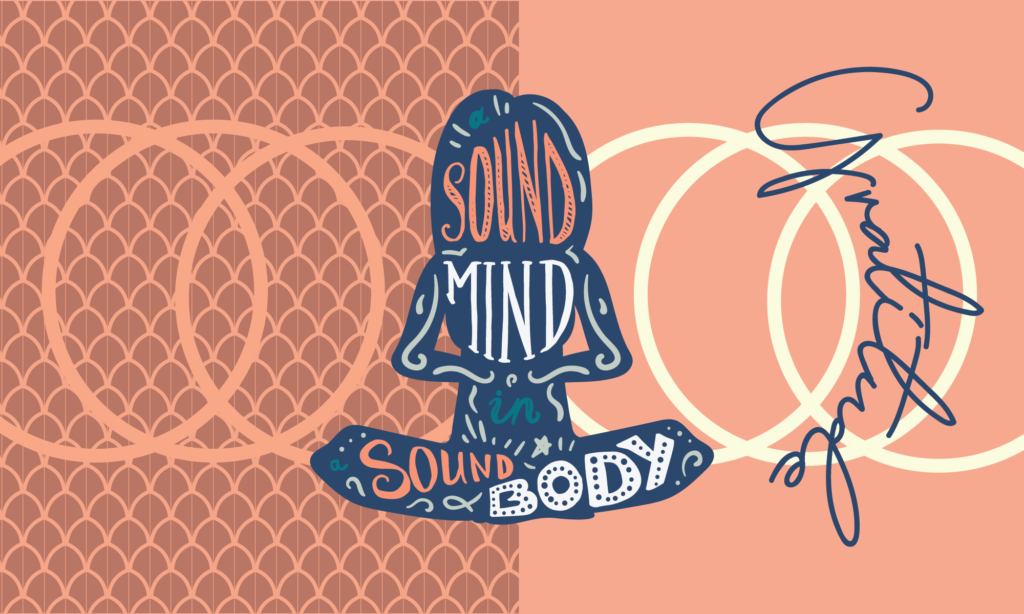Yoga class themes provide focus and a collective purpose for a yoga class. Although yoga itself can be the intention, having a uniting vision fosters community and allows teacher and student alike to explore a different way to think about what it means to do yoga.
Setting a class theme is a powerful tool not only to get deeper into the asanas, but to add wisdom that benefits the physical and philosophical depth of a class.
2 Types of Yoga Class Themes
Anatomy | Physical
A class theme based on the physical aspect of yoga can focus on a specific body part to work on, alignment, a peak pose, strength, moving gracefully, twists, inversions, core.
Abstract | Intentions | Philosophy
A class based on abstract concepts can be about gratitude, ahimsa (non-violence), asteya (non-stealing), love.
A class centered on gratitude allows you to: Listen and Feel, Harness the Power of Touch and Sight, Slow Down, and Use Words and Wisdom to Cultivate Gratitude.
Grounding | Opening
Focus on the little things and activate the power of touch
- Start class with wrist rolls. Take your right hand and wrap it around your left forearm. This allows you to feel bones, tendons, and muscles as the wrist rotates clockwise and counter clockwise. Repeat on the other side. Look at your hand and forearm to add to the senses and see your body at work.
- Aside from wrist rolls you can also do compression and release with the hands. Make a fist and spread the fingers wide. Repeat a few times and on the other side. This is the time to give your hands and fingers a much needed break from all the texting and typing.
- Research shows that losing a pinky means limiting our hand capability by 50%. Appreciate your hands and fingers and all the work they do for you.
- Eye yoga is another great way to drown out the surroundings and focus internally. Moreover, most likely, your students are used to looking at screens, so resting the eyes and reminding them that eyes are muscles too.
- Neck stretches with massages: sit in a comfortable position. With the face forward, stretch the left side of the neck by pointing the top of the head to the right. Take the right hand and press on the left shoulder. You can also compliment this with neck rolls. Make sure you do clockwise and counter clockwise.
- During opening breathing exercises, have students place one hand on their heart
Intense Poses
- After backbends, sun salutation, or challenging sequences that increase the heart rate, have students pause and feel and listen to their heartbeat.
- Make it a point to hold each pose for at least 5 breaths.
- During seated forward fold or paschimottanasana, gaze at the toes, flex and point the feet and wiggle the toes. Thank your feet for keeping you grounded and steady.
- After a tough pose, pat yourself on the back. Literally, pat yourself on the back.
- Remind students that gratitude is being in the moment, so let whatever thought or worry you had before class melt away.
Closing
- Savasana body scans are a great way to let students feel and appreciate all the great work they have done. Start from the top of the head, relaxing the space in between the eyebrows, softening the face, letting the shoulders rest, the belly free to expand, hips grounded, feet splayed apart naturally. Observe every tingle in your body, beads of sweat, and thank yourself for taking the time.
- Encourage students to give themselves a hug and whisper a thank you for showing up.
- If you’re teaching a class, the few moments as students get ready for savasana are a great way to add information or quotes about your theme. This is the cherry on top and food for thought before closing a practice.
- Think about one thing you are grateful for today. Shine some light on it.
After a tough pose, pat yourself on the back. Literally, pat yourself on the back.
Words
The struggle ends when the gratitude begins.
Neale Donald Walsh
Acknowledging the good that you already have in your life is the foundation for all abundance.
Eckhart Tolle
Keeping your body healthy is an expression of gratitude to the whole cosmos–the trees, the clouds, everything.
Thich Nhat Hanh
Relevant Articles on Gratitude


